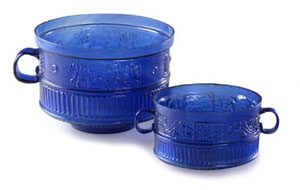
Roman mold-blown glass (100s AD)
West Asian/African science under Roman rule
What we call Roman science is a mixture of two different things. The first is the discoveries and inventions made by scientists working in parts of West Asia and Africa that the Romans had conquered.
Earlier West Asian science
Science in ancient Egypt
Earlier African science
All our Ancient Rome articles
In these places, scientists had already been working for a long time. They just kept on working under Roman rule. (And then they were still working under Islamic rule later on).
Glass, pottery, and sails
In Phoenicia, craft workers invented blown glass, and mold-made pottery and oil lamps. It’s probably Phoenicians, too, who designed better sailing ships. They experimented with building ships more efficiently from the inside out rather than from the outside in.
Roman ships and sails
Blown glass and molds
They also developed triangular sails, which we call “lateen sails” (or Latin sails). These sails helped ships tack into the wind, so they could sail a different direction from the way the wind was blowing.
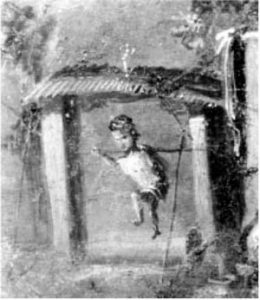
Roman water screw
New medical treatments
Egyptian doctors continued to lead the world in medicine, doing experiments with electric fish shock therapy. Nearby, in Pergamum (modern Turkey), medical research also continued from before Roman times. Galen worked there in the late 100s AD.
Egyptian doctors and medicine
Early uses of electricity
Galen and Roman medicine
Galen was the first to describe many symptoms and treatments. His medical textbook was the European standard for over a thousand years. Galen knew that the heart pushed blood around the body, and that nerves carried messages from your brain.
Roman astronomy
Throughout Roman rule the best colleges stayed where they had been before: in Greece at Plato’s Academy and Aristotle’s Lyceum, and in Egypt. The famous University of Alexandria in Egypt kept right on teaching students and gathering scholars after the Romans conquered Egypt.
Who was Aristotle?
University of Alexandria
Ptolemy the astronomer
History of astronomy
That’s where the astronomer Ptolemy developed new theories about how all the planets moved around the Earth, and even if his ideas were mostly wrong, he took very careful measurements that helped later astronomers figure out the truth. Ptolemy also produced a better map of the world, though it still got a lot of things wrong.
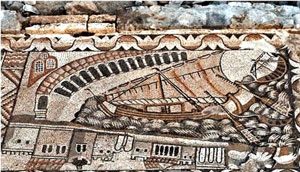
Ship with a lateen sail Kelenderis Mosaic (400s AD, Turkey)
Roman science in Europe
But the Romans themselves, in Italy, also built up the first good schools and research institutions in Italy and western Europe.
History of silver
And of gold
China’s science and math
It was these Roman engineers who invented a lot of new ways to mine for metals like silver and gold and lead. (But they learned from Chinese scientists how to use mercury amalgams to do silver-plating and gold-plating.)
Roman concrete, domes, and water mills
They developed water mills as well for grinding grain. And they were the first people to really use concrete for major building projects.
What is concrete?
The barrel vault
Aqueducts and water use
Roman sewage systems
The use of concrete helped them to develop the dome and the barrel vault and the cross vault. They used their vaults to build aqueducts to carry fresh water to towns, and they used their engineering skills to build sewage systems to keep their towns clean and healthy.
Roman mathematics
Mathematics during the Roman Empire probably focused mainly on developing trigonometry to be able to predict the movements of the planets.
Roman numerals
Greek mathematics
Mathematicians were held back by the clumsy Roman numbers. It wasn’t until the development of our modern numbers in India that mathematics really took off.
Learn by doing: learn to read Roman numerals
More about Islamic science
Bibliography and further reading about Roman science:
Science in Ancient Rome, by Jacqueline Harris (1998).
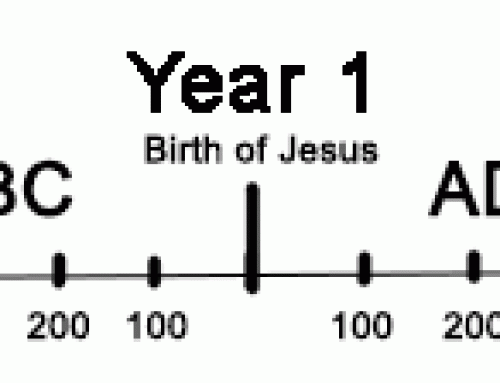
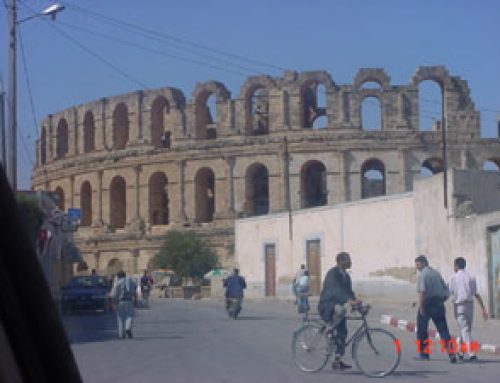
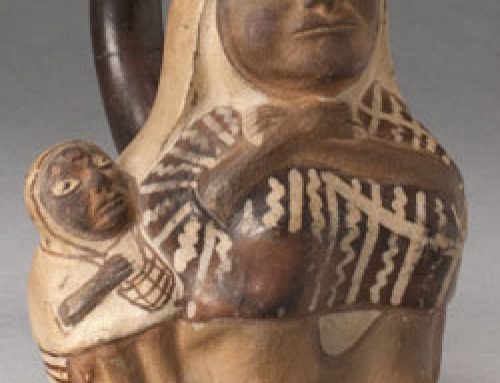

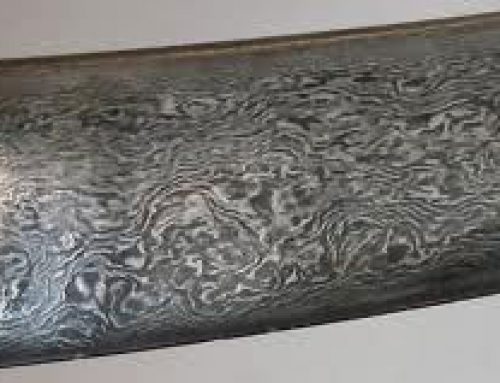
Thank you Professor Carr,
What part did the Christian church “leaders” play in the decline of Rome from Constantine the Great to Alaric? Do you think Christians looted pagan worship sites? Do you think there was a sort of pagan anathema preached throughout the empire(s) (East and West) by the Christian “leaders”? When was the Dark Ages?
Christianity had little or nothing to do with the fall of Rome. Constantine did seize a lot of gold that had been stored in Roman temples, but it’s the prerogative of a government to exercise eminent domain over their own subjects. In any case the temples were in many ways part of the Roman government, not distinct from it. Yes, Christian leaders wanted everyone to become Christians, of course. Historians do not use the term “Dark Ages” – we say “Early Medieval” or “Late Antiquity” instead. The “fall of Rome” was due more to the realization that the relatively small population of western and northern Europe was not able to pay enough taxes to be worth the cost of defending. The eastern Empire continued along fine – and Christian – for another several hundred years, which should be enough to show that the fall had nothing to do with Christianity.
wow
Thanks, Ryan! I’m glad you liked our article.